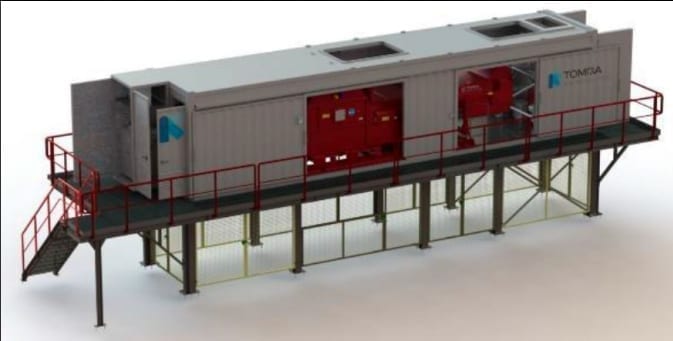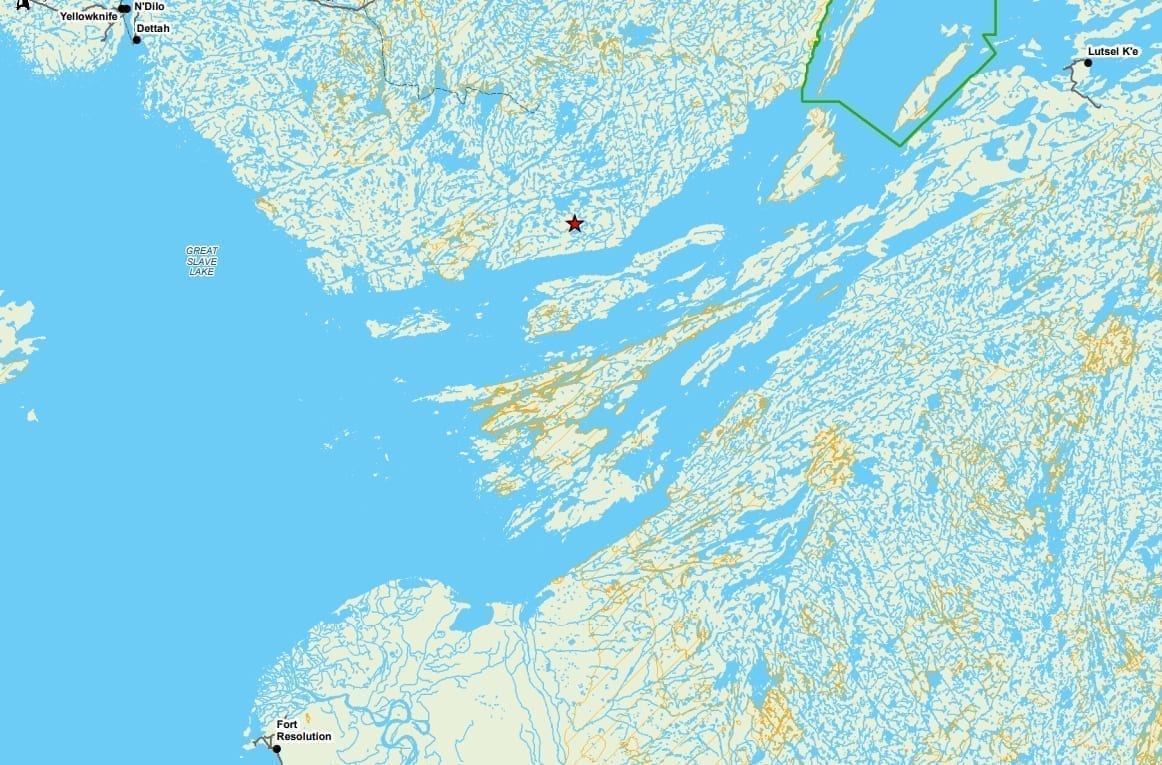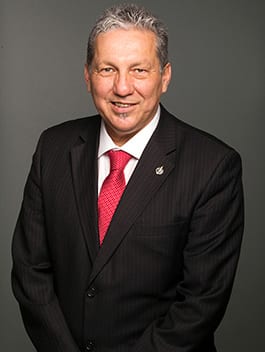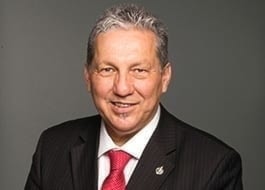The Government of the Northwest Territories expressed support for the advancing Cheetah Resources Nechalacho project at Thor Lake - the NWT's first and only rare earths elements project.
On Dec. 19, the Australian-based company sent a work plan proposal to the Mackenzie Valley Land and Water Board - as well as to more than 30 mainly Indigenous groups and organizations in the NWT -- to seek land use permits and a water licence for a three-year small-scale open-cast surface extraction demonstration project starting this summer.
Rare earths elements are strategically critical materials that are used in electronic devices, military equipment, electric vehicles, renewable energy, and battery storage technologies.
The project, which is set to begin mobilizing equipment in March, promises to have a low-environmental impact because of its small size, low water-usage and use of a "sensor-based ore sorting plant." The project is located about 110 km southeast of Yellowknife near Great Slave Lake and hopes to eventually satisfy a growing need for rare earth minerals on the international market.

image sourced from the Cheetah Resources Nechalacho Rare Earth Demonstration Project Work Plan
The land and water board approved the project with the understanding that the project would complete needed amendments to the plan later this month.
The Department of Industry, Tourism and Investment (ITI) stated in an email to News/North, that it is supportive of the project and the promise it brings for providing minerals to the international market.
"From our perspective, it’s an exciting project with a pitch that’s in-line with a lot of our priorities: Indigenous participation, local benefits provision, and responsible development," stated Mike Westwick, department spokesperson in an email Thursday.
"At this stage, it would be no diamond mine in the scale of its economic impact, but it will certainly produce local benefits (and) has the potential to grow into a multi-generational mine. There is also an opportunity here for the NWT to plant the seed in the international rare earths market, which may grow in time to see NWT becoming a significant global supplier."
Westwick stated that the creation of one sole infrastructure project typically wouldn't impact whether or not the government would seek significant infrastructure investments.
"We don’t plan infrastructure projects based on single resource projects but needless to say there is a lot of work being done pushing for transformative investments in strategic transportation and energy infrastructure," he stated. "These will not only benefit anyone in the resource business but will enhance local benefits for such projects by opening new opportunities for participation.
"These will not only benefit anyone in the resource business but will enhance local benefits for such projects by opening new opportunities for participation."

image sourced from the Cheetah Resources Nechalacho Rare Earth Demonstration Project Work Plan
Infrastructure support
Dan Vandal, the federal northern affairs minister, is to visit Yellowknife Jan. 13 and 14 to consult with leading NWT members. One of the big items of which the new territorial government has already been seeking support from the federal government for, is infrastructure and transportation investments to help access mineral rich areas in the territory.
Part of the project will involve Cheetah building a 110 km ice road to the site and using barges to get several pieces of heavy equipment in during summer. The work plan notes that it will take three years to haul 10,000 tonnes of rare earths ore from the site.

image sourced from Canada.ca
The department reiterated the need for infrastructure and transportation investment in the mineral industry from the feds in an email this week.
"The single-biggest impact the federal government could have in our territory would be made by investing in our transportation and energy infrastructure," Westwick stated.
"Connecting our communities and our mineral potential; strengthening our energy grid to serve our residents and the economic activity they rely on – that’s what our territory should be pushing for at the federal level."
Nicole Green, senior communications adviser, media relations with Natural Resources Canada, stated in a Jan. 6 email that the federal department is aware that the life of existing diamond mines are coming to an end and new investments need to be made into new areas for mineral extraction.
"Existing diamond mines in the Northwest Territories are maturing, and advancing infrastructure for mineral resource extraction is key to maintaining a healthy economy in the Northwest Territories," she stated.
"For example, improving access to the region, including the Slave Geological Province Corridor, would reduce operating costs for existing mines, and facilitate resource exploration and development activities. The Government of Canada will continue to work with the Government of the Northwest Territories to develop infrastructure in the Slave Geological Province Corridor."
Green stated that the feds have committed $400 million to the "Territorial North (Yukon, Northwest Territories and Nunavut)" in the 2019 federal budget last year through the National Trade Corridors Fund.
There was also more than $1.2 million in investments in the Taltson Hydroelectricity Expansion project, which included providing for "Indigenous engagement and initial engineering work."
Last August the federal government and GNWT together spent $40 million "to support environmental regulatory reviews and planning studies to advance the Slave Geological Province Corridor, including engagement with Indigenous governments, NWT residents, and other stakeholders."
Energy Resource Governance Initiative
In December, Canada signed the Energy Resource Governance Initiative (ERGI) with the United States to reduce dependence on Chinese rare earths. Currently China provides the international market with more than 70 per cent of its rare earth minerals supply.
ITI states that the agreement puts the NWT in a good position in the future to provide many different minerals for the international market that not only include rare earths, but also other minerals.
"Canada in general and NWT in particular is well placed to provide the rare earth minerals that the United States and other allies need to reduce dependence on China and grow the clean energy and technologies economy," Westwick stated. "The Cheetah/Avalon project will be a great test case, in terms of starting small, piloting low-impact, low-cost production and processing methods and establishing relationships and customers along the value chain.
"As lessons are learned, the project may be able to grow and become a significant contributor to the NWT economy and global markets. And rare earths are just one piece of the puzzle – the NWT is host to other critical minerals like cobalt and lithium which will be integral to green tech and energy."
NRCAN is calling ERGI "a multi-country initiative promoting sound mining sector governance, and secure and resilient supply chains for critical energy minerals."
Green stated that the memorandum of understanding, which is lead by the U.S. Department of State, will better ensure "mineral resource-rich developing countries are ready for the economic opportunities that are expected with increased demand for the minerals needed for renewable energy, electric vehicles and battery storage technologies."
"The ERGI complements the Government of Canada’s longstanding efforts to increase transparency in the extractive sector and promote responsible natural resources development with a focus on supporting economic growth across the country, including in the North," Green wrote.
Dr. Anton Chakhmouradian, a leading expert in rare earths from the University of Manitoba's Department of Geological Sciences, told CBC North recently that Canada is unlikely to see long-term benefits from the international agreement because of China's stranglehold on the market.
News/North reached out to the Northwest Territories and Nunavut Chamber of Mines. Tom Hoefer, executive director, was unavailable for comment Friday.
